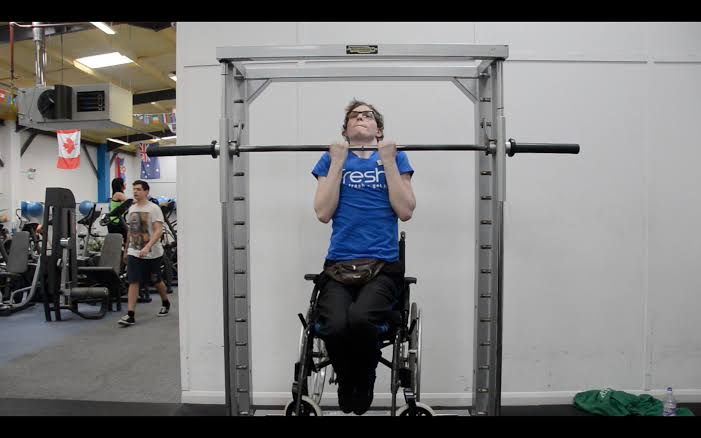
When most people think of going to the gym, they imagine a space filled with people lifting weights, running on treadmills, and pushing themselves to their physical limits. However, for individuals with disabilities, the traditional gym environment can be intimidating and inaccessible. That’s where gyms designed specifically for people with disabilities come in, challenging assumptions and changing fitness culture. Here are eight ways in which a gym for people with disabilities is challenging assumptions and making fitness more inclusive:
Providing Accessible Equipment:
Gyms designed especially for disabled people offer adaptive equipment that makes working out easier, safer, and more comfortable. For example, weight machines can be adjusted to accommodate people at different heights by using a pulley system or by using weights that can be added or removed from the machine. Many gyms also have treadmills equipped with handrails for those who need them or want additional support during their workouts.
Offering Adaptive Training Programs:
Gym owners are providing customized training programs that meet participants’ needs and abilities. Adaptive training uses equipment like adjustable weight machines and exercise bands that can be adapted for individuals with different levels of physical ability. In addition to offering a wider range of exercises than traditional gyms do, these programs encourage participants to set goals based on their own personal fitness level rather than their physical ability or disability status.
Creating a Supportive Community:
Many gyms offer social events such as group classes or open houses so members can get to know each other better and build supportive relationships. These communities provide opportunities for members to connect with one another outside of the gym space while reinforcing positive messages about disability identity and health care options.
Focusing on Abilities Rather Than Disabilities:
In an effort to combat stereotypes and misconceptions about disabled individuals, many disability-focused gyms focus on abilities rather than disabilities. For example, at The Ability Center in Phoenix Arizona (one of the first disability-focused gyms), all staff members are required to undergo sensitivity training so that they can better serve customers with disabilities. This approach encourages participants to view themselves as capable individuals who deserve respect regardless of their ability level or impairment type.
Educating Trainers:
While some gyms may have staff members who have experience working with individuals with disabilities, many do not. Gyms created by or for individuals with disabilities require trainers who are knowledgeable about accessibility issues and able to help members modify movements or exercises as needed.
Advocating for Accessibility:
A gym designed for those with disabilities will advocate for accessibility in all aspects of life, from public transportation to housing. They’ve also worked hard to make their own spaces accessible to individuals of all abilities so that everyone can enjoy fitness as a safe space free from judgment or discrimination.
Offering Nutritional Guidance:
Gyms for disabled ones often offer nutritional guidance because they know that many disabled individuals have difficulty accessing healthy food options. For example, one gym offers weekly nutrition classes that teach participants how to prepare foods that are both nutritious and easy to eat while sitting down or standing up. The gym also provides free meals during these classes so participants can try out what they’ve learned before they go home and cook something similar themselves.
Encouraging Self-Care:
An important part of building up your fitness routine is taking time out for self-care. This means investing in things like massages or even just a good book that will help you unwind after a stressful day at work. Gyms specifically for disabled individuals often offer massage services and other treatments that allow members to take care of themselves in addition to exercising.
Conclusion:
A gym for people with disabilities is changing fitness culture by providing accessible equipment, offering adaptive training programs, creating a supportive community, focusing on abilities rather than disabilities, educating trainers, advocating for accessibility, offering nutritional guidance, and encouraging self-care. By promoting inclusivity and accessibility, these gyms are helping to ensure that everyone has the opportunity to achieve their fitness goals and live a healthy lifestyle.

